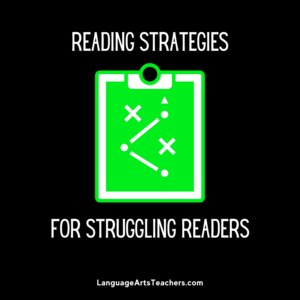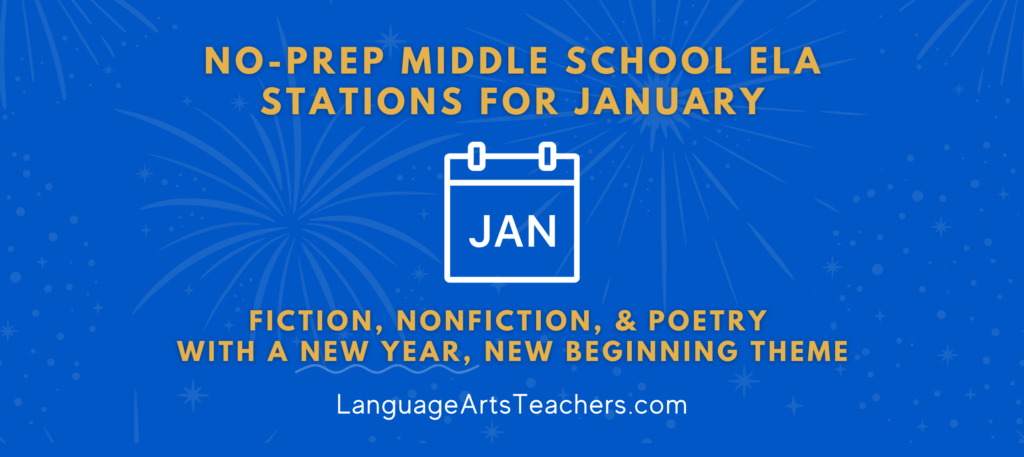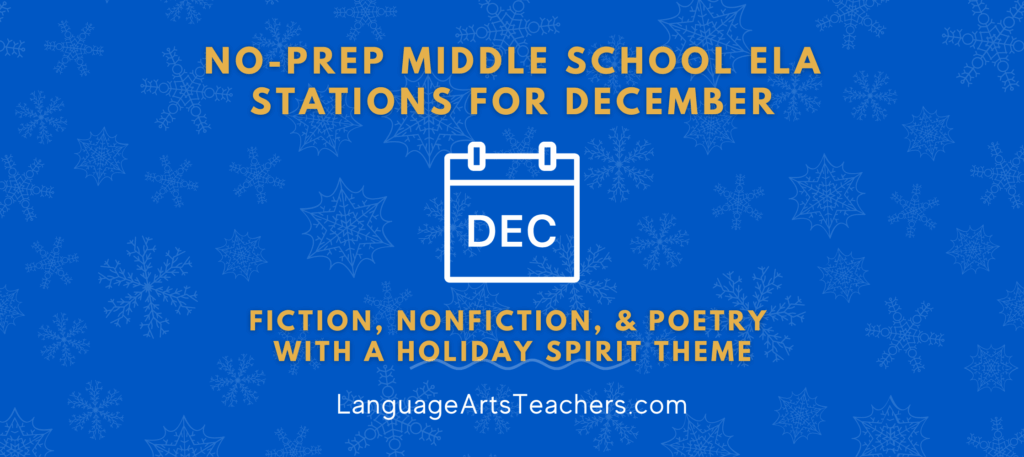Are your students struggling or below-level readers? Do you have students who have difficulty pronouncing words, read slowly in general, and write with many misspelled words? If so, these reading strategies might be exactly what you need!!
Here’s how to help your students increase their reading proficiency:
1. Choose specific passages you want your students to read and focus on. (NOT the whole book…)
Eric Crouch, who teaches 5th grade Double Churches Elementary School in Columbus, used this as one of his strategies to help his class (about 88% of his class was a half-year or more behind on reading).
Every Friday, read just the first chapter of a book to help spark interest.
When you limit the reading assignment, you may find students getting interested in the story and wanting to learn more. Crouch says this this is a perfect opportunity to offer a reading hour for a working lunch!
“Sorry kids, we only have time to read this particular section to practice this skill, but if you want the whole book … ” 😉
Make sure you read from a variety of genres and levels to help students see that there may be a “style” of reading that they like more than another.
2. Give struggling students more reading time, providing you MORE opportunities to implement reading strategies!! (And not all of those opportunities have to fall on you…)
Scholastic interviewed two literary experts, asking the question: “How do I help my struggling readers?”
One of the things the experts recommended was giving struggling students more opportunities to read. Here’s how you can do that:
- Offer more small-group reading time.
- Encouraging parents of struggling readers to read more with their kids.
- Encourage students to take advantage of more tutoring time. (Again, this can be directly with you, OR it can be with another student or a paid tutor…)

3. Find new books that appeal to your students. (Don’t just rely on the books you’ve used in past years.)
Look specifically for books recommended by other middle school ELA teachers OR even by middle school students themselves…
You can check out book trailers (even student-made book trailers on YouTube) to introduce new books to students in “movie style” ways that are more likely to speak to them.
4. Make your reading strategies fun!!! 😊
You can engage your students in reading by helping them have fun in the process. (PLUS they are so busy having fun that they don’t have time to get into trouble or distract other students!)
The “movie style” methods I mentioned earlier are one way to do this. But another idea is to turn your vocabulary lessons into scavenger hunts! Give your students a list of vocabulary words they need to find in a passage and a list of definitions they need to assign those words to once they find them.
Give the winning team a small prize to make things even MORE exciting!
To make sure you don’t get overwhelmed with all these reading strategies, just pick one strategy to try with a student in your classroom this week. (JUST one…)
Sometimes it’s just that one thing that can make all the difference.
Stop feeling like you have to choose between prepping for class and enjoying family time by clicking the button below to grab several weeks of free bell-to-bell lesson plans for 6th, 7th, and 8th grade.




